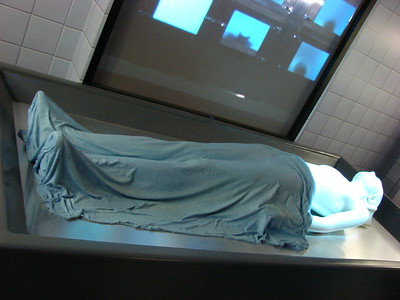Details continue to emerge about the status of Eastern Gateway Community College. Earlier this week, the Ohio Controlling Board, which manages the distribution of the state’s cash, approved a $6M advance, which will allow the institution to remain solvent through the end of its current semester.
The cash doesn’t come without conditions, though. EGCC must meet a dozen conditions during the advance period. The conditions include weekly meetings with the Ohio Department of Education; working with Youngstown State University and other local institutions to transfer students; identifying staff members necessary for the continued operation of the college through the current semester; development of communications plans for students, faculty, and staff; the development of an employee assistance plan for those employees deemed non-essential; and immediate austerity measures to ensure the college has enough funds to remain solvent through the end of the semester.
The state is also interested in identifying all of EGCC’s debts and obligations that the state will be on the hook for.
Unfortunately, EGCC has been giving warning signs for the past two years that something was going drastically wrong. These measures should have been implemented at that time. Had that happened, EGCC might still be enrolling and serving students.
Oversight organizations like the US Department of Education and the Higher Learning Commission don’t act without warning. EGCC’s administration, its Board of Trustees, and the Ohio Department of Higher Education were given plenty of notice that EGCC’s slip was showing.
The body most able to take corrective measures – the Board of Trustees – did absolutely nothing. The EGCC board is appointed, so that means the Board was put there to watch over the State’s financial interest. No one was watching over the people’s interests, the county’s interests, or the student’s interests.
EGCC Could Offer Lessons If Anyone Is Listening
This is why the oversight mechanism is a failure. Instead of electing or appointing an entire board, community college boards should consist of some representatives whom the people elect and some people the governor appoints. I think one of the problems with Boards of Trustees is that the members get too comfortable with each other. The Board becomes a closed club, and the people in it don’t act because of the group thinking that develops.
When the Ohio Department of Higher Education conducts the post-mortem on EGCC, I hope they examine the consistent inaction of the EGCC Board of Trustees. By itself, that’s not enough. After determining the points at which Board and/or Trustee action could have changed the outcome, the ODHE must communicate these lessons to other higher education boards in the state. This will help ensure that the same mistakes don’t get repeated somewhere else.
Photo Credit: Mirandala, via Flickr




















